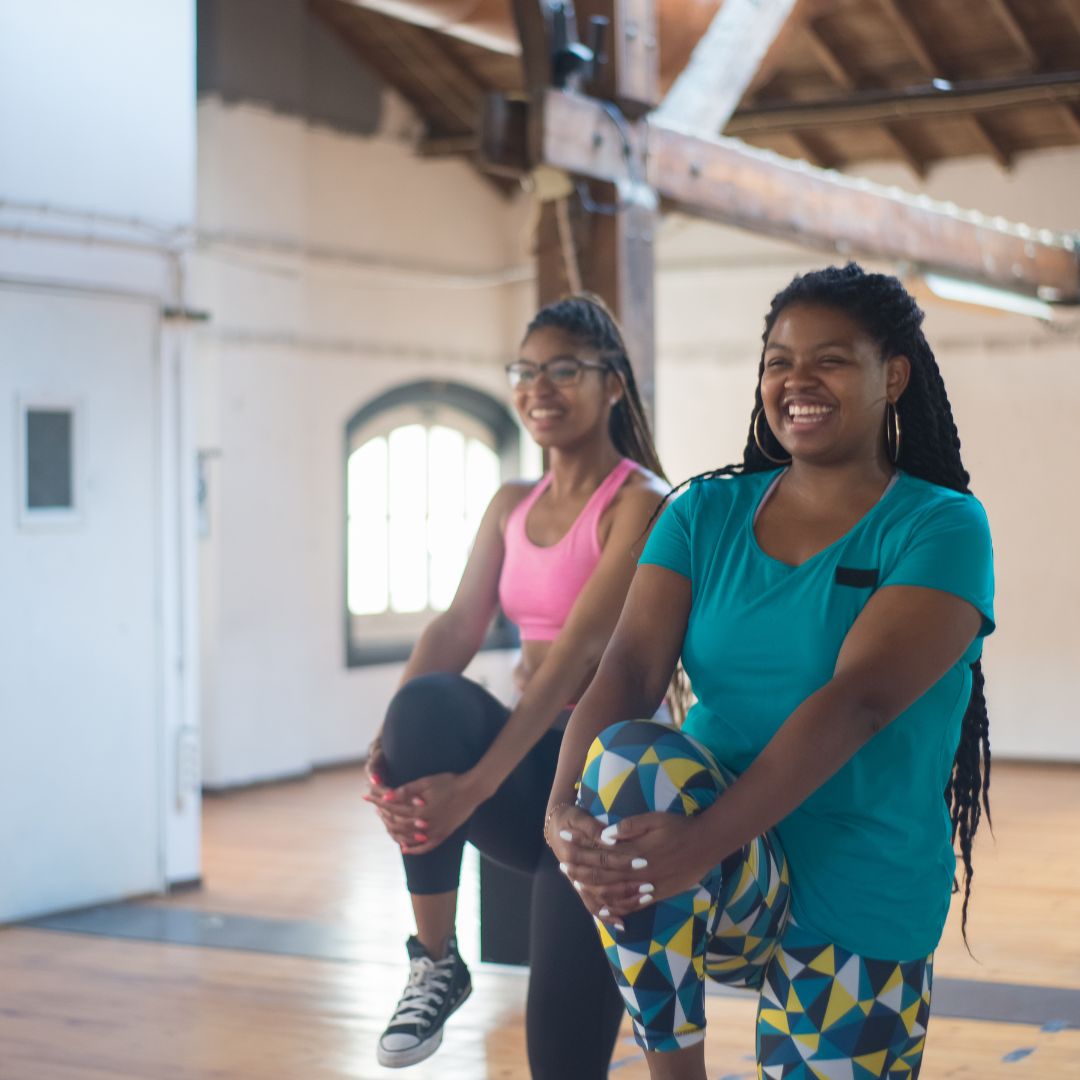
How exercise can improve PCOS
Many of us with PCOS are told to ‘eat less and move more’ as a kind of panacea for our symptoms. It is not usually that helpful, as it is far too simplistic in dealing with a complex endocrine condition like PCOS. However, certain types of exercise can be helpful in managing symptoms and keeping PCOS under control. Let’s take a look at why.
High levels of insulin, or hyperinsulinaemia, leading to insulin resistance is one of the main driving factors behind PCOS symptoms. For more information on this, check out this blog. The improvement in insulin sensitivity that we gain from exercise is the main reason it can help with PCOS. Exercise improves insulin sensitivity by increasing the efficiency of how muscles respond to insulin, allowing them to take up more glucose from the bloodstream. Secondarily to that, exercise has also been seen to reduce oxidative stress and inflammation, both further drivers of PCOS (see this blog).
Research has shown us that women with PCOS who exercise regularly see improved menstrual regularity and improved ovulation. There are also further benefits in improved muscle tone, improved energy levels, and, possibly most importantly, improved mental health, particularly low mood and anxiety. So, what can we do to include exercise in our lives? And what types of exercise are best for those with PCOS?
If you’ve not exercised for a while, or if it’s not really ever been on your agenda, starting movement can be a daunting task. Adding in just one exercise session per week and doing it consistently is much more beneficial than trying to exercise every day and only managing it for a week. Start slowly, build the habit, and then layer on more types of movement. Gradually, over time, work up to the recommended 150 mins per week – or 30 minutes of exercise 5 days per week.
Additionally, if this is new to you, try out a variety of different activities. You might love the sounds of nature whizzing around on your bike in the countryside, or you may prefer pounding techno in a spin studio. The main thing is to find out what floats your boat.
Here are some simple ideas of how to incorporate movement easily into your day:
Incorporating stretching exercises into your daily routine can help improve flexibility and reduce muscle stiffness caused by prolonged sitting. Check out examples on YouTube or Google a local class.
Taking short breaks to stand up and walk around can help increase blood flow and reduce the negative effects of prolonged sitting on the body. Walking for 10 minutes after eating can also help to improve insulin sensitivity – win-win! Set an alarm on your phone to remind you to get up and move around, or if you have a smart watch enable the notification.
Incorporating strength training exercises, such as bodyweight exercises or light resistance training, is especially good for women with PCOS. Increased muscle mass helps to improve insulin sensitivity. Plus, the added androgens that we have from having PCOS can actually be of benefit here – we’re usually pretty good at weight training! Here it might be worth investing in some expertise – online programmes such as with Caroline Girvan or Joe Wicks are available or see if there are local classes or PTs you can work with.
Practicing yoga or Pilates can help improve posture, strengthen core muscles, and increase flexibility, all of which can help counteract the negative effects of sitting for long periods. There are heaps of online programmes, Yoga with Adriene being one of my faves. Or look online for local teachers and classes.
Incorporating cardiovascular exercise, such as walking, running, cycling, or swimming, into your routine can help improve circulation, increase energy levels, and reduce the risk of chronic diseases associated with prolonged sitting. What did you love as a child? Were you always out on your bike, or a familiar figure at the local pool. Tap into that. It’ll feel hard at first, but you’ll get into the swing of it.
Start small but be consistent. And before you know it, exercise will be part of your life!
What is the worst exercise for PCOS?
From initial research, there's no one 'worst' form of exercise, but studies have found that over-exercising and over-training can make periods irregular due to a spike in cortisol levels which can put your hormones into disarray.
The reason why a crazy sweat session (running, swimming, rowing, etc.) is typically not recommended for PCOS is because it can put your body under too much stress. This happens when you don’t give your body enough time to recover or if you’re exercising at a moderate pace for more than 60 minutes, causing your body to produce additional cortisol, a stress hormone.
Part of PCOS symptom management is stress reduction, so putting your body under additional stress can worsen your condition. I know how contradicting this all sounds, but below are the main points to remember if you are someone who loves heart pounding workouts and wants to continue those forms of exercises:
And if you'd like to chat further about movement and PCOS, why not get in touch?
Disclaimer: The information provided by the health and wellness coach is not intended to be a substitute for professional medical advice, diagnosis, or treatment. You should always consult your doctor or other healthcare provider before changing your diet or starting an exercise programme.